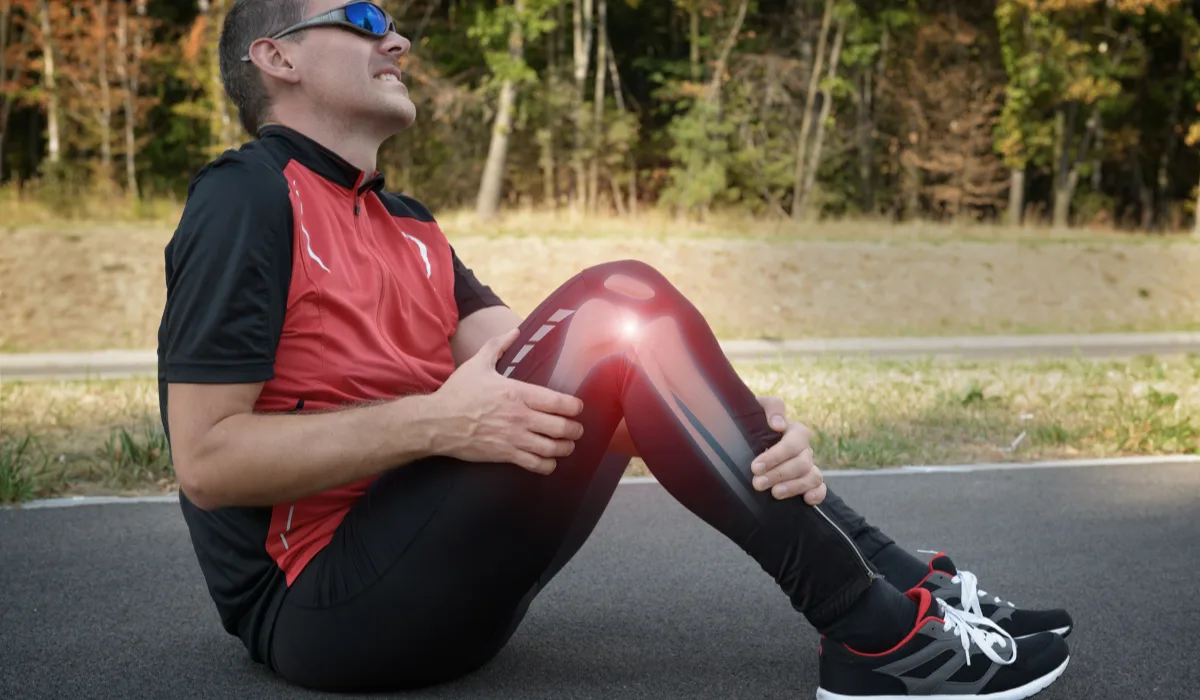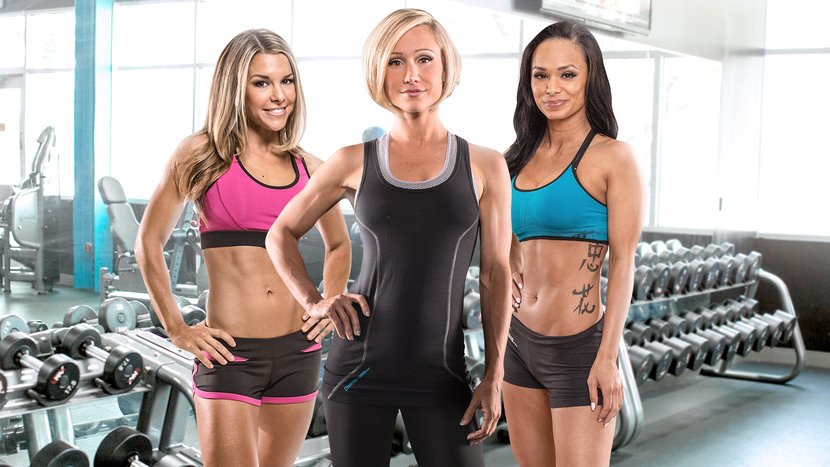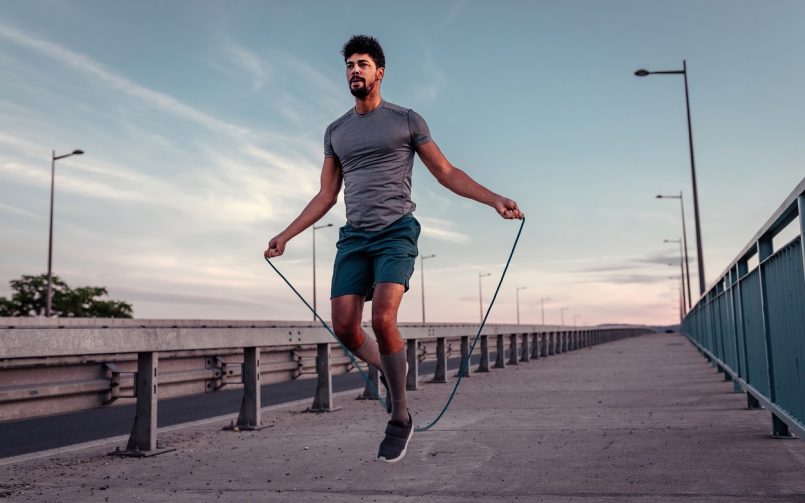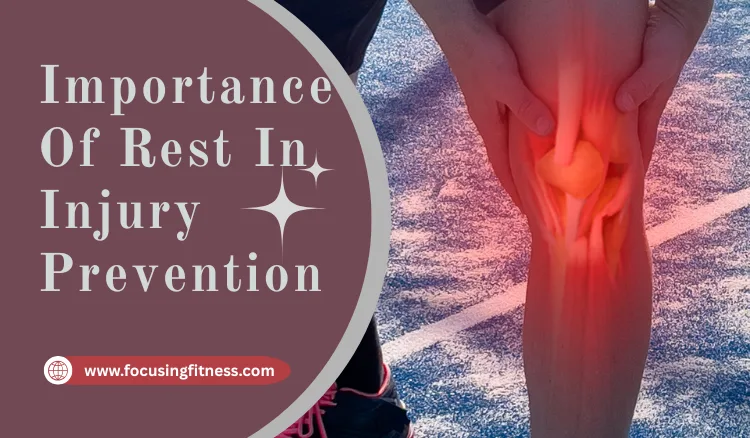Rest is often skipped in fitness, but it is one of the most important tools for injury prevention. When you exercise, your muscles, parts, and joints experience stress. Without proper rest, this stress can accumulate, leading to overuse injuries, fatigue, and slower recovery. By incorporating rest and recovery into your routine, you give your body the time it needs to repair itself, reduce pain, and strengthen tissues. Understanding the Importance Of Rest In Injury Prevention helps athletes, beginners, and fitness lovers avoid injuries and stay consistent in their training.
Why Rest Is the Secret to Staying Injury-Free
Rest is the hidden hero of fitness. Every time you train, your muscles, joints, and bones experience small amounts of stress and tiny damage. Without giving your body time to repair, these small damages can add up, leading to injuries like strains, sprains, or overuse problems.
By including rest days in your workout plan, you allow your muscles to rebuild, your joints to recover, and your nervous system to reset. Rest also reduces fatigue and helps improve performance in your next session. Simply put, rest is not weakness — it’s the secret to staying injury-free and performing at your best.
What We Mean by Rest and Recovery
Rest means taking a break from hard workouts.
Recovery means doing things that help your body heal — like sleeping, stretching, or light exercise.
There are two types of rest:
- Passive Rest: Sitting, sleeping, or doing nothing.
- Active Recovery: Light movements like walking, yoga, or swimming.
Both are important for keeping your body healthy.
Read also: How to lose weight without exercise
The Science: How Rest Prevents Injuries
- When you exercise, your muscles get tiny tears — this is normal.
- During rest, your body repairs those tiny tears and makes the muscles stronger.
- If you don’t rest, the small tears can turn into big injuries!
- Rest also helps your nervous system relax and resets your energy levels.
- That’s why you feel stronger after a good rest day.
Resting Smart: Active vs. Complete Rest
You don’t always have to lie down all day.
Sometimes, active recovery is better.
Examples:
- A light walk
- Gentle yoga
- Stretching or foam rolling
These help your blood flow and keep your body moving without strain.
But if you’re very sore or hurt, choose complete rest — full day off!
Plan Rest Like Training (Periodization)

Smart athletes plan their rest days just like their workouts.
This is called periodization — balancing work and rest for best results.
Example weekly plan:
| Day | Focus |
|---|---|
| Monday | Strength Training |
| Tuesday | Cardio |
| Wednesday | Rest / Active Recovery |
| Thursday | Strength |
| Friday | Cardio |
| Saturday | Rest |
| Sunday | Light Yoga |
This gives your muscles time to rebuild and prevents overuse.
What Happens When You Don’t Rest
If you never rest, your body gets tired and weak instead of stronger.
You may face problems like:
- Constant muscle pain
- Poor sleep
- Feeling tired all the time
- Injuries like sprains, stress fractures, or tendinitis
This is called overtraining — when you push your body too hard.
Read also: How To Stay Motivated On A Fitness Journey
Signs You Need More Rest Right Now
Here are 8 clear signs:
- You always feel sore.
- You can’t sleep well.
- You feel weak during workouts.
- You get angry or sad easily.
- You get sick often.
- You have no motivation.
- You lose focus.
- Your heart beats faster even when resting.
If you notice these, take 1–2 days off!
Sleep: The Best Recovery Tool
Sleep is when your body repairs itself the most.
During deep sleep, your body releases growth hormones that fix muscles and bones.
Tips for better sleep:
- Sleep 8–10 hours every night.
- Avoid screens before bed.
- Keep your room dark and cool.
- Go to bed at the same time every day.
A good night’s sleep = fewer injuries and better performance!
Eat & Drink for Faster Recovery
Your food helps your body rebuild muscles.
Focus on:
- Protein: eggs, milk, lentils, chicken.
- Healthy fats: nuts, olive oil.
- Vitamins & minerals: fruits and vegetables.
- Water: keeps joints and muscles working smoothly.
After workouts, have a snack with protein + carbs, like banana and peanut butter.
Active Recovery Methods
Here are 6 great ways to recover without sitting still:
- Light walking
- Swimming or cycling slowly
- Gentle yoga
- Stretching
- Foam rolling
- Breathing exercises
These help muscles relax and improve blood flow.
Read also: Dance Fitness For Weight Loss
Simple Ways to Track Recovery
You can easily track how well your body is recovering:
- RPE (Rate of Perceived Effort): How hard your workout felt (1–10 scale).
- Resting Heart Rate: If it’s higher than normal, you may need rest.
- Sleep hours: Are you sleeping enough?
- Mood: Feeling grumpy = tired body.
- Performance: If lifts feel heavier than usual, rest more.
Different People, Different Rest Needs
Not everyone needs the same rest:
- Kids & Beginners: Need more rest to grow safely.
- Adults (40+): Need longer recovery times.
- Athletes: Must balance hard training with proper recovery days.
Listen to your body — it always gives signs.
Rest During Rehab & Injury Return
When you’re injured, rest is part of healing.
Recovery has 4 stages:
- Rest: Avoid pressure on the injury.
- Light Movement: Start small motions.
- Strength Training: Slowly rebuild muscles.
- Return to Sport: Go back when pain-free.
Always check with a doctor or coach before returning.
30-Day Recovery Checklist
| Week | Focus | Tasks |
|---|---|---|
| 1 | Sleep | Get 8+ hours per night |
| 2 | Active Recovery | 2 yoga/stretch days |
| 3 | Nutrition | Eat more protein & veggies |
| 4 | Deload | Do lighter workouts this week |
Daily checklist:
- Sleep 8 hours
- Drink enough water
- Stretch for 10 minutes
- Take 1 rest day per week
Key Takeaways
- Rest is as important as training.
- Your body grows stronger while resting, not during workouts.
- Too little rest can cause injuries.
- Sleep, food, and light movement help you recover faster.
- Listen to your body — if you feel tired, rest!
Read also: Best 5 Fitness Workout For Women
Conclusion
In conclusion, the Importance Of Rest In Injury Prevention cannot be underestimated. Rest allows your body to heal, rebuild, and perform at its best while reducing the risk of overuse injuries and fatigue. Combining rest with proper sleep, nutrition, and active recovery strategies ensures that your muscles, joints, and nervous system recover effectively. By planning rest days and listening to your body, you can stay injury-free, maintain long-term fitness, and achieve your performance goals safely. Remember, rest is not a pause in progress — it is a critical part of it.
FAQ's: Importance Of Rest In Injury Prevention
Q1. How much rest do I need to prevent injuries?
At least 1–2 rest or active recovery days every week.
Q2. Is sleep really that important for recovery?
Yes! Most muscle repair happens when you sleep.
Q3. What are signs I need more rest?
Constant soreness, tiredness, poor focus, and bad mood.
Q4. Can I stretch on a rest day?
Yes! Light stretching helps recovery.
Q5. What foods help me recover faster?
Protein-rich foods like eggs, lentils, and chicken, plus fruits and veggies.







